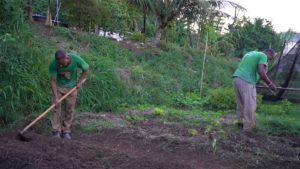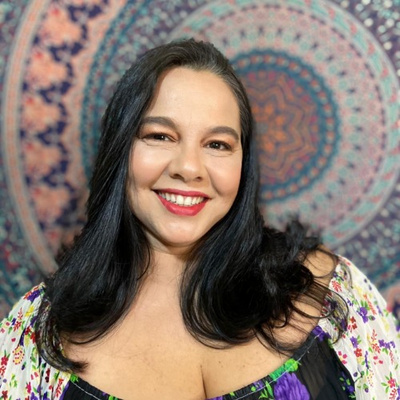Circo Crescer e Viver- A Solar Circus
With its community struggling against poverty, the pandemic, and environmental perils, the Brazilian social circus school Circo Crescer e Viver saw their work cut out for them. Their newest projects have seen the circus switch to solar energy, establish local partnerships, and give back to their community through initiatives to help make Rio’s neighborhoods greener.
The Crescer e Viver Circus School (Circo Crescer e Viver) emerged in the city of São Gonçalo, in the metropolitan region of Rio de Janeiro. 17 years ago, it moved to the Cidade Nova neighborhood in the center of the state’s capital. As it is a project focused on the social circus, the institution’s work goes far beyond the development of an artistic language; it also has a very deep socio-family element. It is this element that has led the school to become a territorial institution—that is, in addition to being a sociocultural institution, it is a school totally linked to the territory where it is located. The community served by the school includes Cidade Nova, Estácio, and Catumbi, which are neighborhoods in the central region of Rio de Janeiro.
In March 2022, the school announcedits complete transition to renewable energy sources. We talked to Pérola Quesada, communication coordinator of Crescer e Viver, and we discovered that the project was much bigger, more surprising and wide-reaching than we thought.
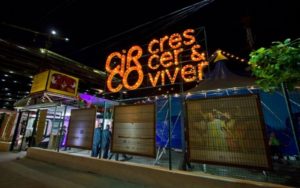
As soon as the COVID-19 pandemic arrived in Rio, the school felt the need to respond quickly to the demands of the surrounding community. Accordingly, the institution sought partnership with its sponsors and managed to raise around one million reais, which were distributed to the community in the form of prepaid credit cards. According to Pérola Quesada, the school conducted socio-territorial monitoring of the assisted population for three months, collecting socioeconomic and cultural data. In addition, “we carried out an epidemiological monitoring, to see how the virus was behaving here,” said Pérola. At that moment, the institution’s actions came to fill a gap left by the State, which had taken a negationist stance in the face of the crisis, leaving citizens at the mercy of luck and community solidarity.
This data collection let Crescer e Viver get a very transparent read of the context that surrounds them, which gave them the ability to create other projects. As Pérola explained it, “When we position ourselves as a territorial institution and map the needs of that territory, we are able to create projects that respond to those needs in a much greater capacity.” One decisive finding from the data was the observation that many local children did not have the basic documents to register for the school. “We don’t even require much: just a birth certificate, ID, and proof of residence,” said Pérola.
It so happens that the region where the school is located suffers from frequent flooding, and it is common for citizens to lose everything—including their documents—when all gets washed away by the water. This reality made the school turn its eyes to the environment and the causes of the floods that afflict so many families.
Thus, the institution decided to rescue a project they had begun a little before the pandemic: Parque Cidade Nova. Undertaken in partnership with Universidade Estácio de Sá, the project used satellites to map urban heat islands located exactly in the institution’s sponsors’ buildings: large, mirrored buildings that emit high amounts of heat. This project aims to create an urban park in Cidade Nova, reducing the asphalt area and planting seeds over a large part of the territory, in addition to creating a solar energy system that nourishes the entire park and reduces the energy costs of the entire community.
The development of this project led the school to reach out to the start-up recycling center Minha Coleta[1] with a proposal to make Circo Crescer e Viver zero waste. As Pérola described, they would invert the logic of garbage collection work: “ Instead of collectors in precarious situations picking up, separating, and selling our garbage to the waste consumers or to the recycling industries, it is Minha Coleta that does the collecting. They take it to their departments and carry out the separation safely, within good structures, and without precarious work.”
Another partnership generated by the Parque Cidade Nova project is with Revolusolar[2], an NGO whose mission is to promote sustainable development in low-income communities through solar energy. A circus that generates all the energy it consumes would already be excellent, but to our surprise, this project’s aim is even better. It’s not just about clean energy; it’s a way of generating income and employment. The Crescer e Viver school is carrying out training with young people from the community, offering them professional training to work at heights or with high-voltage electricity. Pérola explained to us that the first wave of solar panels has already been installed, “but the other part of the panels will be installed after the process of training young people in the territory. They are the ones who will do the installation,” she said.
While we are celebrating the first Solar Circus, Crescer e Viver is already designing the first solar neighborhood. The school has already entered into dialogues with other partners, such as the Environment Department of Rio de Janeiro and Revolusolar itself, to transform Cidade Nova into a neighborhood completely powered by solar energy. This which would not only bring savings in electricity bills, but would also provide greater security to the community, where citizens today uses self-made clandestine electrical connections with great frequency.
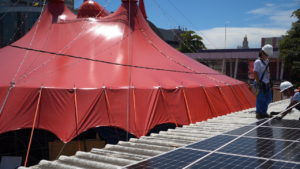
Is it a lot? For sure! But it’s still not enough for the restless and dreamy minds of the Circo Crescer e Viver team. Based on a consultancy they provided to the UFRJ[3] Science and Culture Forum, the school is also developing a project called Pacto Verde Carioca, which promotes urban gardens with the objective to fight hunger by providing healthy food, generating work and income in a fair trade relationship, and mitigating the effects of global warming.
Now, what does all of this have to do with the circus? In addition to it being on this planet, consuming natural resources and thus generating an environmental impact, Crescer e Viver, as a social circus school, privileges the pedagogical issue of citizen training. “We need to understand what weaknesses our students have at home—in their surroundings, in their daily lives—in order to provide them with complete, comprehensive training,” explained Pérola Quesada.
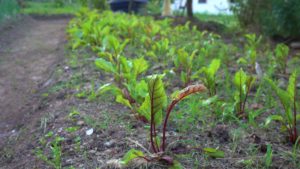
Crescer e Viver is much more than a circus school: it is an active cultural facility that enables access to the arts. Every weekend they offer a schedule of free cabarés and theater shows that the community is encouraged to attend. It is also an institution willing to endeavor and to undertake— and, in the words of its coordinator, “the ability to undertake is the ability to map problems and create solutions.” The solutions proposed by Crescer e Viver promise to revolutionize its territory and are already changing the environment. The sparkle in Pérola’s eyes and the evident pride in her speech sound like an invitation to learn from the school’s experience. May their initiative inspire other institutions around the world!
[1] https://www.minhacoleta.com
[2] https://revolusolar.org.br/
[3] Federal University from Rio de Janeiro.
Images shared by Circo Crescer e Viver school. Pacto Verde images owned by Guilherme Brandao....
Do you have a story to share? Submit your news story, article or press release.



